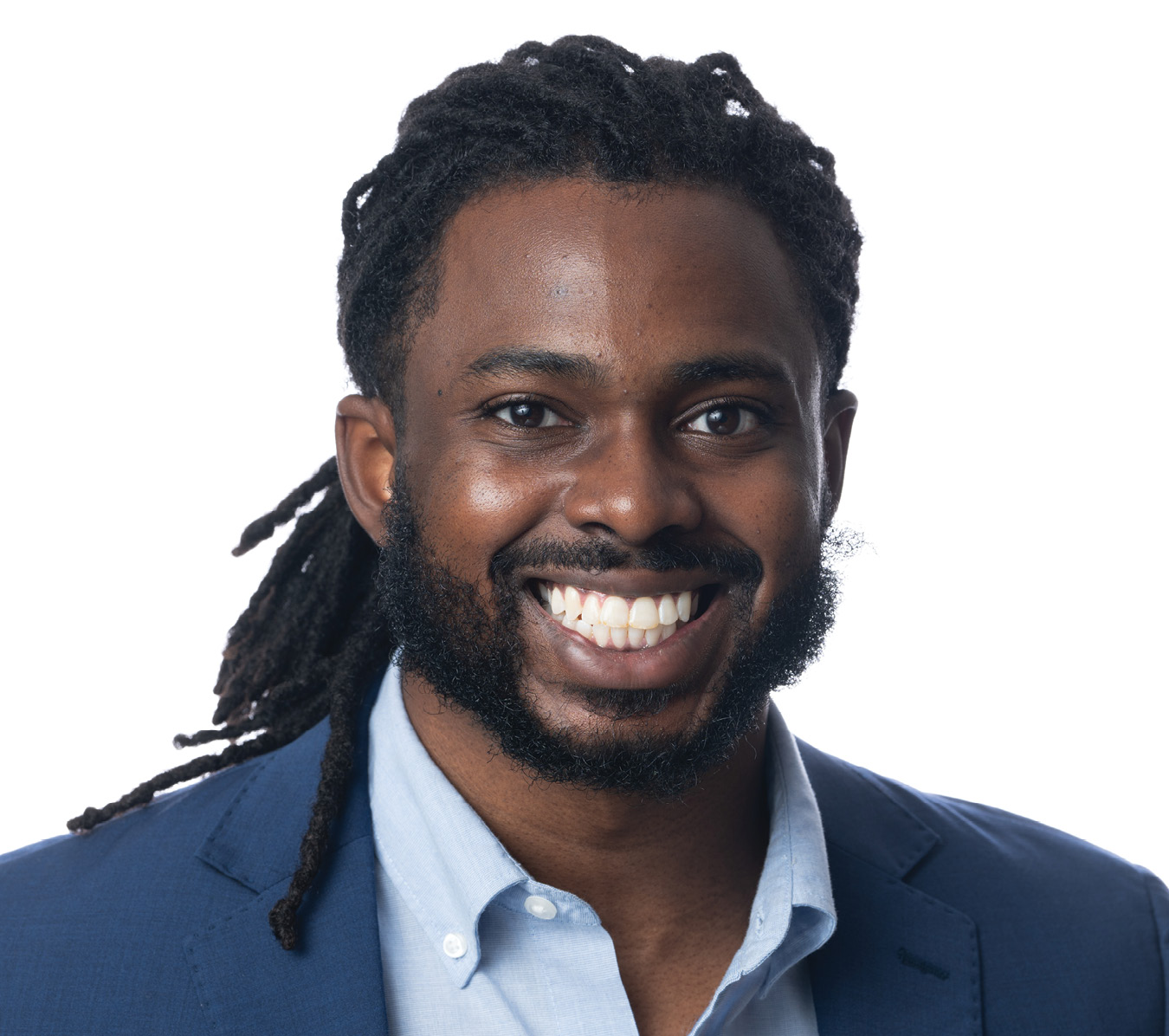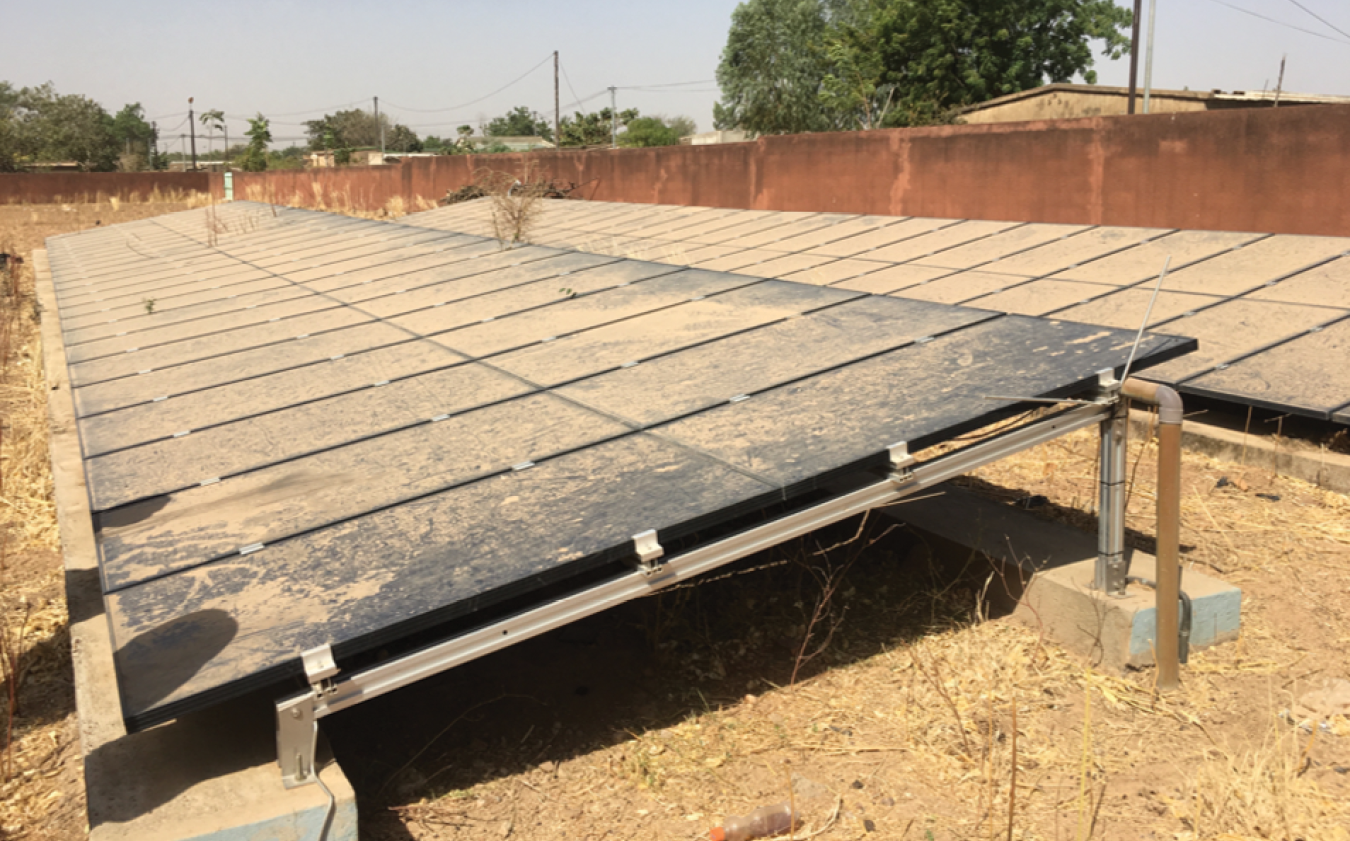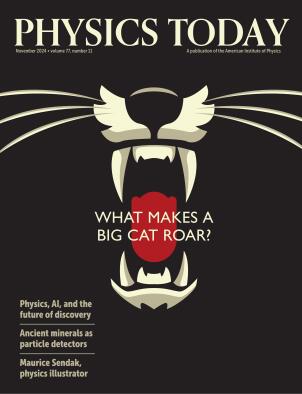Q&A: Engineer Stewart Isaacs seeks equitable climate change solutions
DOI: 10.1063/pt.cmgt.ozif
Stewart Isaacs got interested in developing solar-powered chicken egg incubators in 2016, when he was an undergraduate student. The project’s goal of supporting self-determination and food sovereignty in West Africa resonated with his desire to use his engineering skills to support communities in need and break down inequities. “I liked what the incubator project was trying to do,” he says, “but I didn’t think it would be interesting technically. I was wrong.”

Stewart Isaacs
STEWART ISAACS

Even as he pursued a master’s degree in aeronautics and astronautics, Isaacs kept a hand in the ongoing egg incubator project. He visited Burkina Faso to see the project in action. Then, in 2019, when he finished his master’s, he flew to Ghana to learn more. Propelled by nagging questions about the incubators’ solar power conversion, he decided to go for a PhD, which he earned this past May. He is now a postdoctoral fellow at MIT pursuing research that addresses both climate change and social inequities through the development of clean energy systems.
Aside from his research, another passion of Isaacs’s is the sport of jump rope. He won the 2017 Grand World Championship in single rope freestyle; see him compete at https://www.youtube.com/watch?v=2yZz_HIP1so
PT: How did you get involved in solar-powered egg incubators?
ISAACS: When I was a senior at Stanford University, I met Dena Montague, a researcher from the University of California, Santa Barbara, who was looking for students to support her in developing solar-powered chicken egg incubators for use in West Africa. The project was well aligned with my goals: I was interested in using my skills to support communities in need, especially Black communities.
It took a few years before we got to the point where the incubators were functional. One of our primary design goals was for the system to be locally manufacturable, so that when things inevitably break, the users can fix the incubators and make sure they meet their needs.
PT: What did you do in Ghana?
ISAACS: Dena has a nonprofit, ÉnergieRich, that initially worked with a community in Burkina Faso. I didn’t think MIT would pay for a trip to Burkina Faso because the US State Department had a Level 3 warning about travel there, so I went to neighboring Ghana. I thought it would be a nearby alternative, where I could still learn and start to question some of the assumptions I had.
While I was there, I looked for partners to support the development of the incubators. I also accepted a position as a teaching fellow at Ashesi University. I taught mechanics and thermodynamics. And I learned a lot from my students—especially about how to live without infrastructure, like how to store water in large containers in case the water goes out and to ensure electronics stay charged for if the power goes out.
PT: What were some of the assumptions you were questioning?
ISAACS: I didn’t think there was a lot of manufacturing capability in the region, but there is. A lot of people have programming skills and access to technology.
Another thing I learned was that the solar panels were not converting as much energy as we had calculated. Ultimately, that problem led me into my research for my PhD.
PT: Had you always intended to do a PhD?
ISAACS: I had gone back and forth. Some of it was realizing there was an opportunity to do research on solar energy conversion and to play a role in making sure that communities can get the energy they need. A lot of it was also my experience at Ashesi University. The students I worked with had at the forefront of their minds, How can I use engineering to support my community? How can I bring clean water? How can I help clean up the air? Teaching is a way to support people in getting their needs met. It made me realize the power of academia. Because of that, and because of my questions about the solar-powered incubators, I felt that getting a PhD would be right for me.

The solar panels behind a hospital near Koupéla, Burkina Faso, inspired Stewart Isaacs to do his PhD research on the impact of dust on solar energy output.
STEWART ISAACS

PT: You returned to MIT. What was your PhD topic?
ISAACS: The fact that the solar panels powering the egg incubators were not converting as much energy as we thought was a big deal. It turns out it was related to the Harmattan—the annual dry, seasonal wind in the region—when, from November through March, dust from the Sahara desert blows in and obscures sunlight. It can reduce the energy output of the panels significantly.
So for my PhD, I asked, What is the impact of the dust on the solar panels? And what can we do about it? I wrote a proposal that was funded by the NASA Jet Propulsion Laboratory for me to do the project. For the next few years, I spent time using remote sensing data from satellites and other sources, developing models, quantifying the impacts of dust on these panels, and looking for ways to mitigate the impact. When systems like these fail, you can lose food, medicines, and more.
With the remote sensing data, I began to estimate the accumulation of dust on the panel surfaces as well as the amount of dust in the air and to calculate the impact on the net power output. I looked at the physics of adhesion and removal of dust particles from the panel surfaces and at how the wind interacts with dust particles. I wanted to see if changing the shape of the panels could enhance the wind removal of dust and improve the power output.
PT: And?
ISAACS: I don’t know yet. From our modeling, my collaborators and I see that there could be some benefit. But we won’t know for sure until we do tests in situ. We need experimental data. I’m continuing to work with researchers at Ashesi to set up monitoring systems so we can measure the influence of dust on these panels.
PT: Are you leading your own program?
ISAACS: The ideas are mine, and I am heading up the research. I get support from my advisers, in particular Wesley Harris, and I have several undergraduates working with me on wind tunnel tests of different panel shapes.
PT: Your interest in mitigating climate change didn’t start with solar energy; for your master’s, you modeled carbon dioxide emissions from various processes for creating synthetic jet fuel from air and water. Why focus on the intersection of climate change and social inequities?
ISAACS: My theory is that addressing climate change is entangled with addressing large inequities in the world. If we are not intentional about addressing the inequities as we solve climate change, we will continue to perpetuate them. And that shoots us in the foot.
I want to go the faculty route. There are not enough people doing the research that I feel the world needs when it comes to developing energy technologies to support communities. It feels well aligned with how I want to live in this world.
PT: Describe some of your community-building activities.
ISAACS: At MIT, with other graduate students, I cofounded AeroAfro, a community group that brings together Black graduate students in the aeronautics and astronautics department. The group creates a space for us to be ourselves, and it’s also a useful way to advocate for policy changes that improve the department for everyone.
For example, our department recently started an HBCU [Historically Black Colleges and Universities] outreach program. We work with researchers from Howard University and other HBCUs to have students join us at MIT for our summer research programs. We also offer support to those students when they apply to graduate school. A few have joined our department.
I’ve also been in leadership in the MITwide Black Graduate Student Association. The idea is to be in community with one another, and to be able to speak out together about issues that we are facing.
PT: Where does jump rope fit in?
ISAACS: My elementary school had a jump rope team. My sister wanted to join, and I was like, “Me too.” I started when I was five years old, and I haven’t really stopped. I slowed down when my PhD started eating into my time and my priorities shifted a bit. But I still do it, and I am considering competing next June in the national championships in South Dakota.
PT: Do jump rope and your research feed into each other? Are there synergies?
ISAACS: Yes. In jump rope, you have the basic building blocks of tricks. You need to combine them in ways that look interesting and are creative and fun to do. In engineering, you have the basic building blocks of physics. When you need to solve a problem, you need to come up with a creative solution to get there. And jump rope is hard. To be really good at it takes a lot of effort. The habits of working hard and problem-solving are also very useful in engineering.
More about the Authors
Toni Feder. tfeder@aip.org

